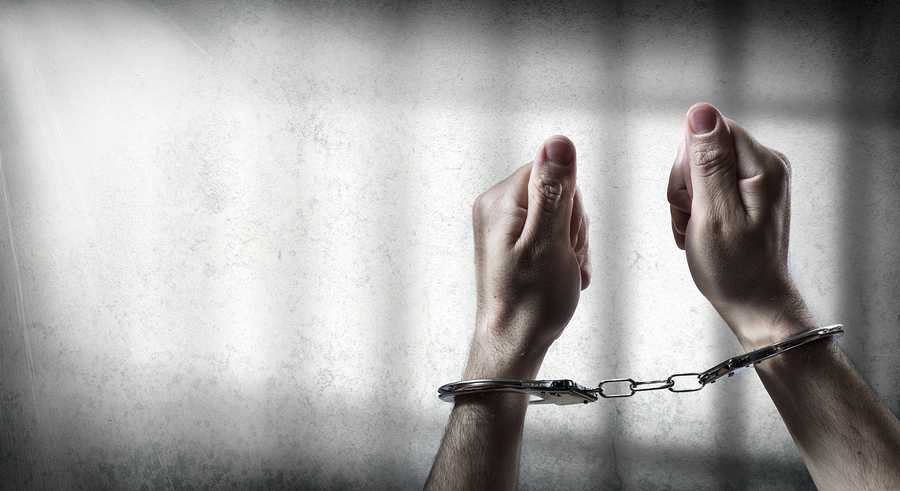‘Sexual assault’ covers a wide range of unwanted sexual behaviours that are often used by offenders as a way to assert power and control over their victims. There are many myths around what constitutes sexual assault, so find out the facts. If you’ve been sexually assaulted, you might experience a range of emotions and it’s important to know there are support services that can help you.
This can help if:
- you want to know what sexual assault is
- you want to know the myths and facts around sexual assault
- you’ve experienced sexual assault and want support.

What is sexual assault?
Sexual assault is any unwanted sexual behaviour that makes a person feel uncomfortable, threatened or scared. It covers:
- Rape: forced, unwanted sex or sexual acts.
- Child sexual abuse: using power over a child to involve that child in sexual activity.
- Indecent assault: indecent behaviour before, during or after an assault.
Why do people sexually assault others?
Sexual assault isn’t always about offenders getting pleasure from sex. It can also be about them enjoying asserting power and control over someone. Some offenders have been abused themselves, but this isn’t always the case. Sexual assault is a serious crime and is never the fault of the victim.
Myths and facts around sexual assault
Myth: Only women can be sexually assaulted
Fact: Both men and women can be sexually assaulted. The offender can also be any gender, and of any sexual orientation.
Myth: Women often falsely accuse men of sexual assault to get attention
Fact: Most sexual assault reports are truthful. Many victims of sexual assault – both females and males – don’t report it for fear of not being believed.
Myth: Most rapists are strangers
Fact: Most offenders are known to the assault victim.
Myth: It’s not sexual assault if you’re a couple or married
Fact: Unwanted sexual activity in any relationship is assault.
Myth: If you’re drunk or wearing sexy clothing, you’re partly responsible
Fact: Sexual assault survivors are never, under any circumstances, responsible for somebody choosing to assault them.
How sexual assault might affect you
Everyone reacts differently to sexual assault. All of the following responses are normal:
Shock and denial
You might think, ‘Did this really happen to me?’ or ‘Why me?’, and feel unable to accept that it actually happened.
Fear
You might experience fear of the offender, of being alone, or of not being believed.
Silence
You might find that you’re unable to talk about the assault, or to describe what it feels like to have been assaulted, out of fear of being judged.
Anxiety
You might feel unsafe or unable to relax.
Depression
You might feel sad or depressed.
Guilt and blame
You might ask yourself, ‘Why did I go there/allow it/not fight back?’
Low self-esteem
You might lose self-confidence, and feel ‘unworthy’, ashamed or ‘dirty’.
Isolation
You might want to be alone, and to isolate yourself from family and friends.
Nightmares and flashbacks
You might have images and memories of the assault intrude on your daily life and sleep.
Mood swings
You might find that your mood changes quickly from anger and rage, to tears and despair, and back again.
Loss of confidence
You might worry about your ability to do your work or study, or lack confidence with friends or your partner.
Loss of trust
You might find it hard to trust people in your social circle or family.
What to do if you’ve been sexually assaulted
If you’ve been sexually assaulted, it’s not something you have to live with on your own. Here are some things you can do straight away:
Ensure that you’re safe
If you’re in immediate danger, or you’re worried about your safety, contact emergency services on 000 immediately and try to get to somewhere safe.
Talk to someone
Find someone you can talk to, such as a friend, family member, counsellor or youth worker. Contact an organisation in your state or territory that can give you relevant information on seeking help.
Get confidential help
Call the confidential 24-hour 1800 RESPECT line to talk with experienced counsellors. Have a look at sexual assault support for more information.
Get medical help
If you’ve been sexually assaulted, medical support is essential. If you can, try to get to a hospital or health centre where they can give you appropriate medical care.
Trust yourself
If someone has assaulted you, you may not feel confident about what to do next. Trust your instincts. Remember that it’s never okay for someone to assault you for any reason.
Know your legal rights
The laws relating to sexual assault vary from state to state. To find out about your rights, check out the criminal defence lawyer website.


